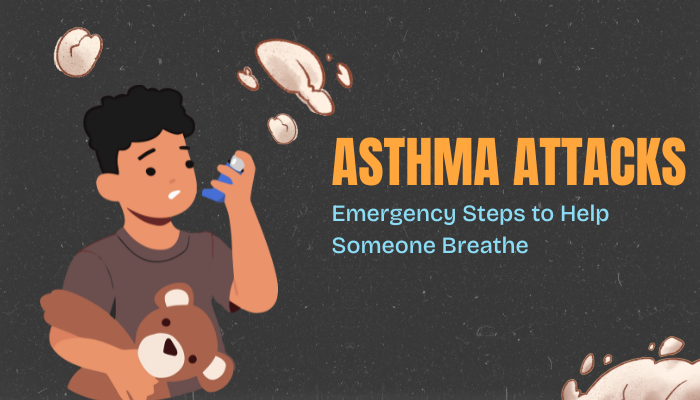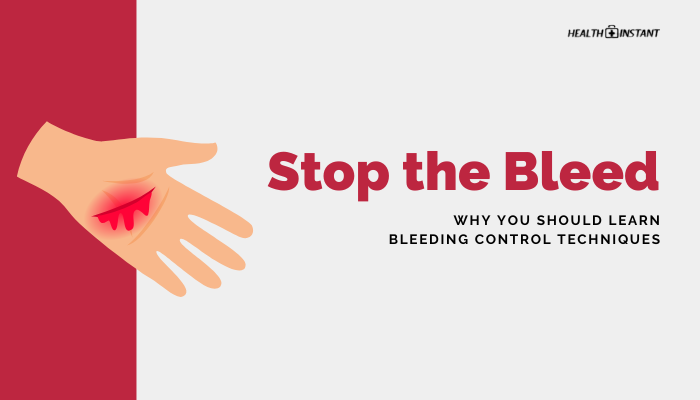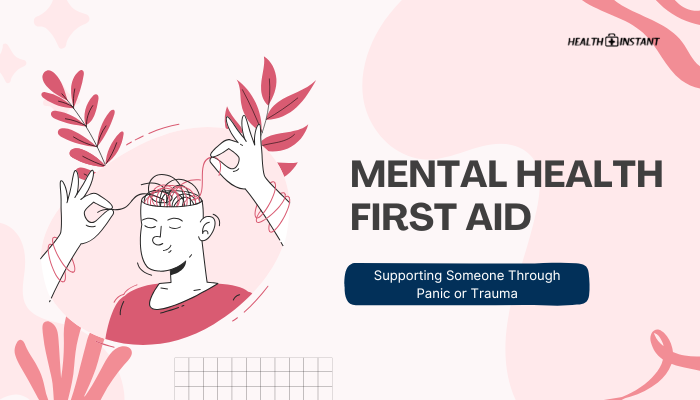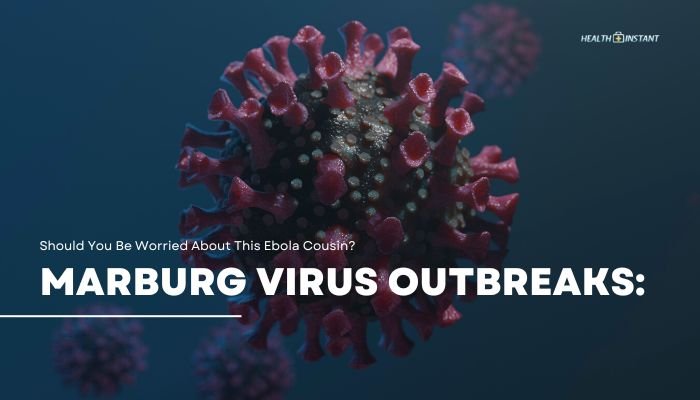Below is a concise guide on how to help someone experiencing an asthma attack. These steps can stabilize breathing until professional care is available.
Recognize the Signs
- Wheezing: High-pitched whistling sound when exhaling.
- Breathing Difficulty: Rapid, shallow breathing; may struggle to speak full sentences.
- Chest Tightness: Feels like a band around the chest.
- Persistent Cough: Often with little or no mucus.
Stay Calm and Provide Reassurance
- Ease Anxiety: A relaxed environment helps slow breathing and reduce panic.
- Check for Inhalers: Encourage them to follow their asthma action plan if they have one.
Position and Support
- Sit Upright: Leaning slightly forward on a table may help open airways.
- Loosen Tight Clothing: Remove scarves, ties, or anything constricting around their neck or chest.
Assist with Medication
- Locate Quick-Relief Inhaler (e.g., Albuterol):
- Shake it properly.
- If available, use a spacer.
- Shake it properly.
- Guide Use:
- Ask them to breathe out fully.
- Press the inhaler and have them inhale slowly.
- Instruct them to hold breath for a few seconds before exhaling.
- Ask them to breathe out fully.
- Monitor:
- Wait about a minute between puffs if multiple are needed.
Observe Response and Symptoms
- Improvement: Breathing might become easier within minutes.
- Still Struggling? If symptoms persist or worsen, use additional puffs as directed by their plan.
When to Call Emergency Services
- Difficulty speaking more than a few words at a time.
- Chest or neck retractions (skin pulling inward) when breathing.
- Lips or face turning pale or bluish.
- Signs of confusion, drowsiness, or exhaustion.
Post-Attack Follow-Up
- Ensure they rest and drink water to stay hydrated.
- Encourage follow-up with a doctor if the attack was severe or unusual.
Quick Reference Checklist
- Stay Calm – Provide reassurance and keep them upright.
- Find the Inhaler – Assist in using it properly.
- Remove Triggers – If any (smoke, allergens), relocate to cleaner air.
- Monitor – Watch for improvements or worsening signs.
- Call for Help – If multiple inhaler puffs fail or distress intensifies.
Disclaimer: This guide does not replace professional medical advice. In a severe or deteriorating situation, seek emergency help immediately.




